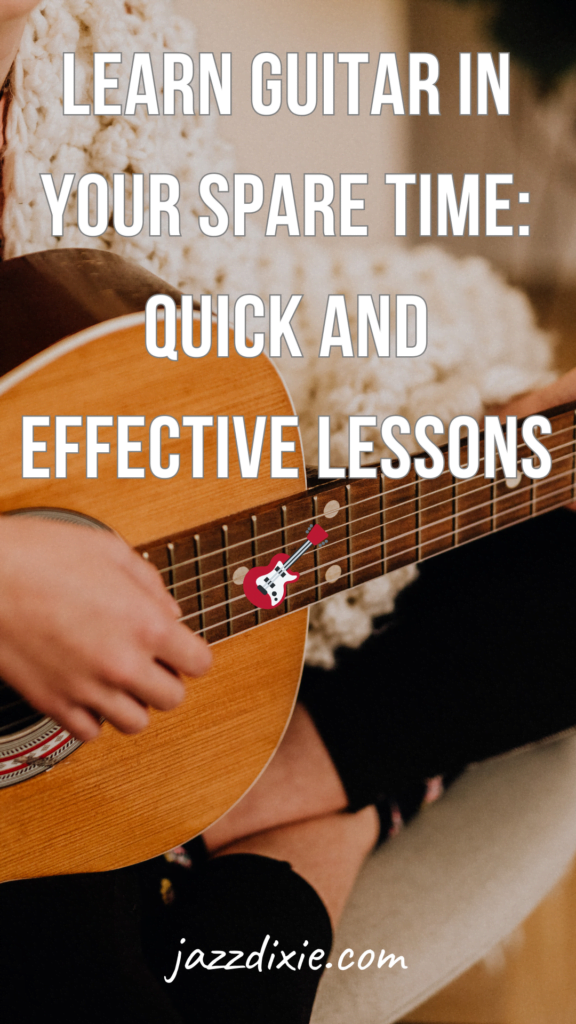Rhythm guitar is the spine of any band or musical ensemble. It gives the muse, groove, and power that retains the music shifting ahead. Whether or not you are a newbie guitarist or trying to improve your rhythm abilities, studying to play rhythm guitar shortly and simply is an thrilling journey. On this article, we are going to discover efficient strategies to deliver severe groove to your taking part in, turning easy three-chord songs into ridiculously enjoyable and entertaining jams. For those who’re able to take your rhythm guitar abilities to the subsequent degree, join our training program for a complete studying expertise.
Perceive the Position of Rhythm Guitar:
Earlier than diving into strategies, it is important to know the basic function of rhythm guitar. As a rhythm guitarist, your main goal is to keep up a gentle rhythm and supply harmonic help to the melody and different devices. This entails strumming chords, accentuating beats, and creating a good and cohesive sound.
Grasp Primary Chord Progressions:
To construct a strong basis, begin by mastering primary chord progressions. Start with common three-chord songs, corresponding to these utilizing the I-IV-V development, and progressively broaden your repertoire. Apply transitioning easily between chords, guaranteeing that every one sounds clear and distinct. Use a metronome to develop a way of timing and precision.
Develop Strumming Patterns:
Strumming patterns add depth and groove to your rhythm guitar playing. Experiment with varied strumming patterns, together with upstrokes, down strokes, and accents on particular beats. Begin with less complicated patterns and progressively progress to extra complicated ones as your abilities enhance. Apply together with recordings or backing tracks to boost your timing and really feel.
Incorporate Palm Muting:
Palm muting is a way that provides a percussive and muted high quality to your taking part in. It entails evenly resting the facet of your choosing hand close to the bridge of the guitar to dampen the strings’ vibrations. Experiment with completely different levels of muting to realize the specified impact. Palm muting is especially efficient in rock, funk, and blues genres.
Embrace Rhythmic Subdivision:
To create a extra dynamic and complex rhythm, discover rhythmic subdivision. As an alternative of taking part in simple strumming patterns, break them down into smaller rhythmic models. This could contain dividing beats into eighth notes, sixteenth notes, or triplets. Apply taking part in completely different subdivisions and progressively incorporate them into your taking part in so as to add complexity and groove.
Be taught Primary Riffs and Grooves:
Rhythm guitar is not nearly strumming chords; it additionally entails taking part in memorable riffs and grooves. Be taught iconic rhythm guitar riffs out of your favourite songs and analyze their construction. Concentrate on the nuances, accents, and syncopation throughout the riffs. By mastering these riffs, you may improve your rhythmic creativity and produce a definite taste to your taking part in.
Play with Others:
Playing rhythm guitar with different musicians is a implausible method to develop your abilities. Be part of a band, take part in jam periods, or collaborate with different guitarists. Taking part in with others challenges your sense of timing, dynamics, and skill to pay attention and reply to the music. It additionally exposes you to completely different types and influences, broadening your musical horizons.
Conclusion:
Mastering rhythm guitar is an thrilling journey that requires dedication, apply, and a deep sense of groove. By understanding the function of rhythm guitar, mastering chord progressions, growing strumming patterns, incorporating strategies like palm muting, embracing rhythmic subdivision, studying riffs and grooves, and taking part in with others, you may deliver your rhythm guitar taking part in to new heights. To dive deeper into these strategies and obtain complete coaching, join our.







Leave a Comment